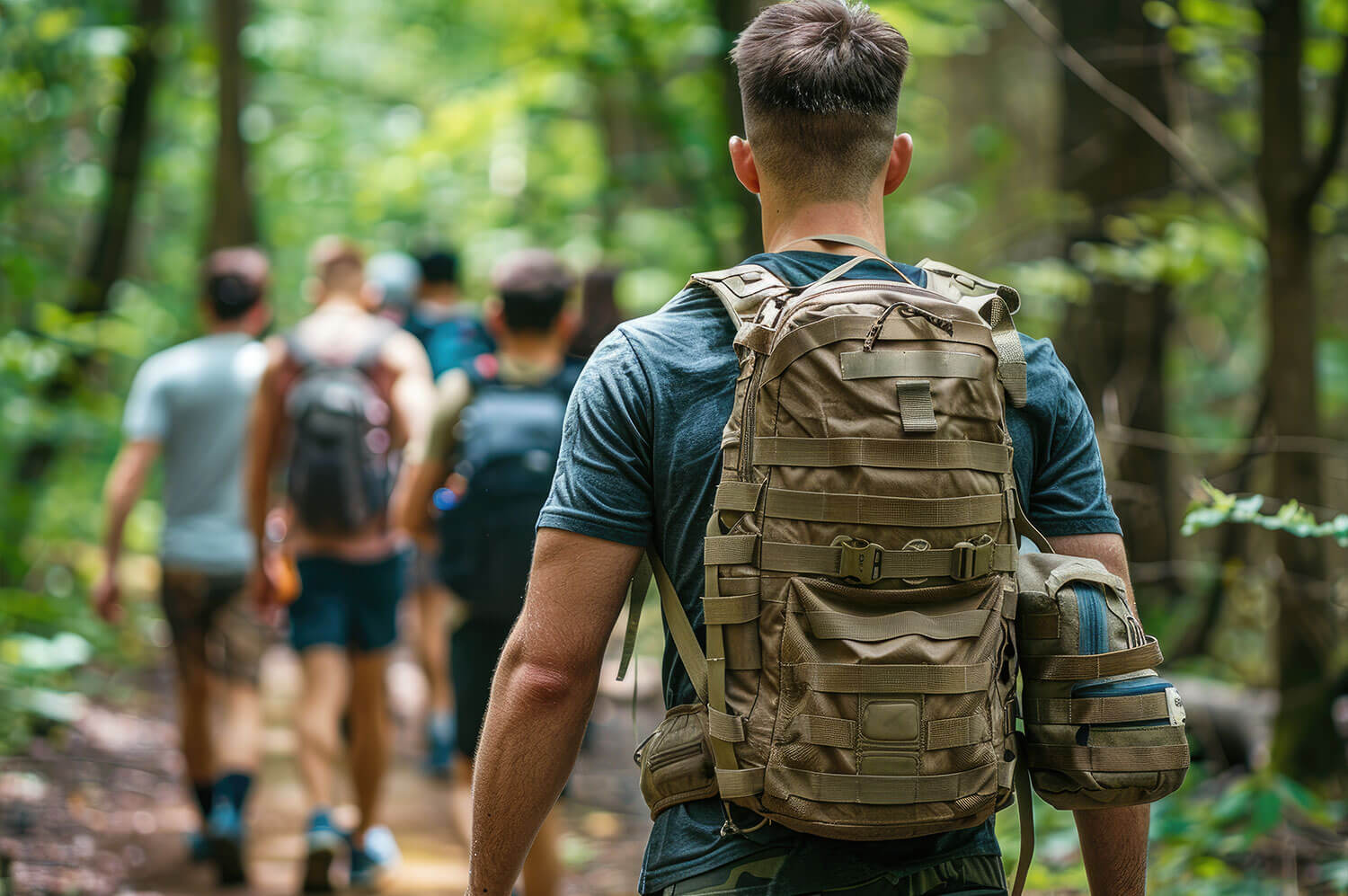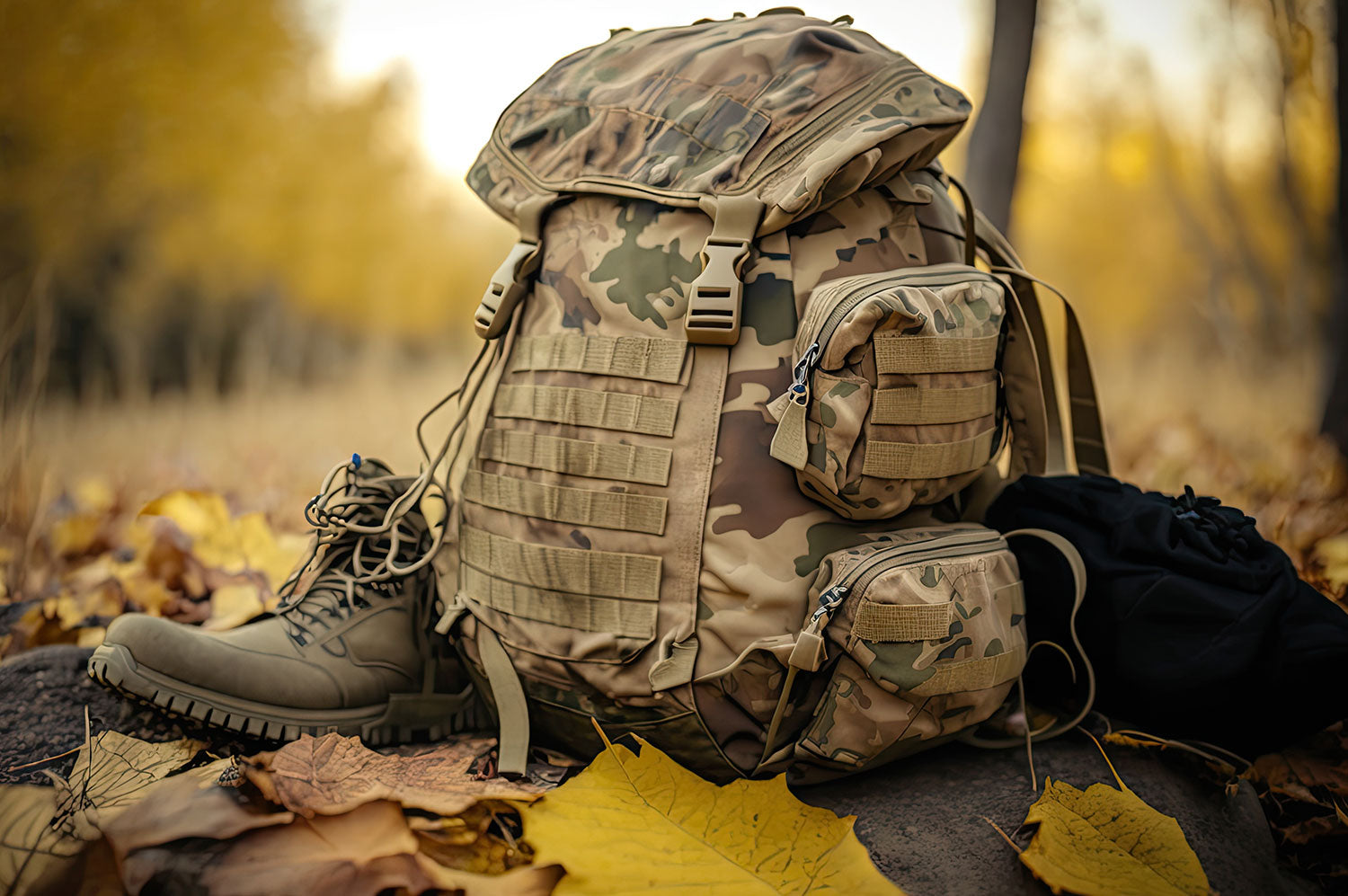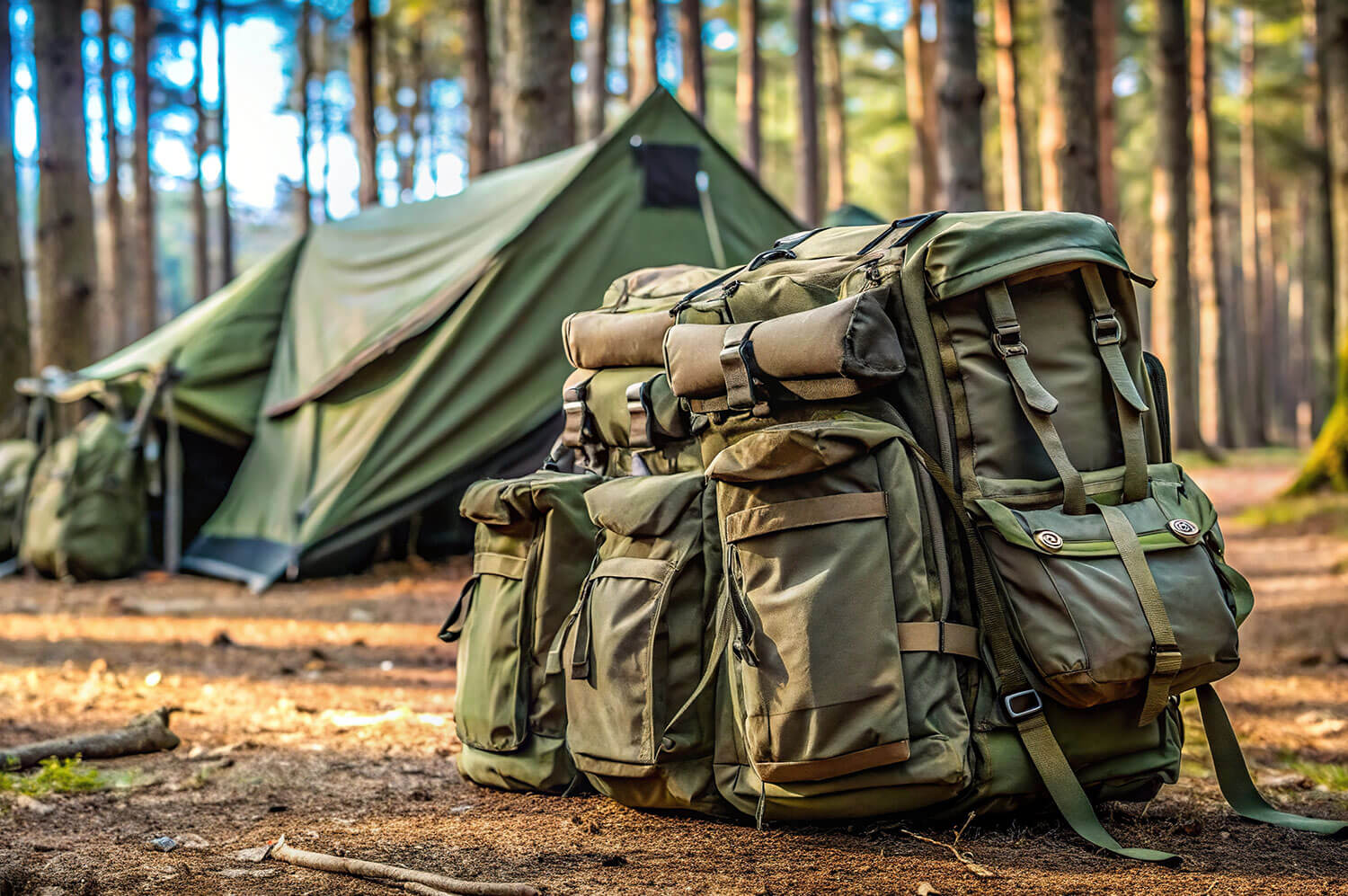
The Evolution of Tactical Gear: From Military to Everyday Use
Introduction to Tactical Gear
Tactical gear is more than just a collection of tools and accessories; it represents a blend of functionality, durability, and adaptability that was originally designed for military operations. Over the years, its practical features and rugged construction have made it indispensable for professionals and enthusiasts in various fields. Whether it’s a tactical backpack for outdoor adventures or a vest for load-bearing, this gear has proven its worth beyond the battlefield.
What makes tactical gear unique is its ability to evolve with changing needs. From the battlefields where it was first developed to everyday use in urban environments, it has become a symbol of preparedness and efficiency. Understanding its journey helps highlight how it transitioned from a military necessity to a versatile asset embraced by outdoor enthusiasts, law enforcement, and security professionals alike.
The Origins of Tactical Gear in Military Use
Tactical gear was born out of necessity on the battlefield, where soldiers needed reliable equipment to carry essential tools, ammunition, and supplies. Early iterations focused on functionality and durability, with items like load-bearing equipment and field packs becoming standard issue for troops. Each piece was designed to solve specific challenges, such as harsh weather, heavy loads, or the need for quick access to gear during combat.
Over time, tactical gear evolved as military strategies and technologies advanced. The introduction of modular systems like MOLLE webbing allowed for greater customization, enabling soldiers to adapt their gear to different missions. Materials like nylon and Cordura replaced traditional fabrics, providing lightweight yet highly durable solutions. These innovations not only improved performance but also laid the groundwork for tactical gear to find applications beyond military settings.
Technological Advancements in Tactical Gear
The evolution of tactical gear has been driven by continuous technological advancements that enhance its functionality and versatility. Materials have played a pivotal role in this transformation, with innovations like 500D and 1000D Cordura fabrics offering superior durability and resistance to abrasions. These materials are not only lightweight but also water-resistant, ensuring that tactical gear can withstand harsh environments without adding unnecessary bulk.
Another significant advancement is the integration of modular systems, such as MOLLE and PALS webbing. These systems have revolutionized the way tactical gear is organized, allowing users to attach pouches, holsters, and other accessories in customizable configurations. Additionally, advancements in hardware, like quick-release buckles and reinforced zippers, have further improved the reliability and ease of use. These innovations have made tactical gear more adaptable and effective, ensuring its relevance across a variety of applications.
Transition from Military to Civilian Use
The transition of tactical gear from military-exclusive to civilian use was driven by its practicality and rugged design. Law enforcement agencies were among the first to adopt tactical gear, recognizing its utility in operations requiring quick access to tools and protective equipment. Over time, outdoor enthusiasts also began to see the value in items like tactical backpacks, vests, and pouches for their durability and organization.
This shift was further fueled by the rising popularity of activities like hiking, camping, and survival training. Tactical gear’s modular designs and high-quality materials made it an ideal choice for individuals who needed dependable equipment for outdoor adventures. Its expansion into civilian life has not only diversified its applications but also solidified its reputation as a versatile and indispensable asset.
Tactical Gear in Outdoor and Recreational Activities
Tactical gear has found a significant foothold in outdoor and recreational activities due to its durability and practicality. Hikers and campers appreciate tactical backpacks for their robust construction, ample storage, and modular features that allow for customized gear setups. These backpacks can hold everything from hydration systems and first-aid kits to cooking tools and navigation equipment, making them ideal for long treks or challenging terrains.
Hunters and survivalists also rely on tactical vests and pouches to keep essential tools and supplies within easy reach. The rugged materials and weather-resistant designs ensure that the gear performs reliably, even in extreme conditions. Tactical gear’s adaptability extends to various environments, making it a trusted companion for outdoor enthusiasts who demand reliability and functionality from their equipment.
Everyday Applications of Tactical Gear
The practicality of tactical gear has extended beyond outdoor and professional use into everyday life. Tactical backpacks are now popular as everyday carry (EDC) bags, providing ample compartments for organizing work items, personal belongings, and even laptops. Their durability and sleek designs make them a preferred choice for urban commuters who value functionality and style.
Concealed carry solutions, such as tactical pouches and sling bags, have also become staples for individuals prioritizing safety and preparedness in daily life. These items provide discreet storage for personal protection tools while maintaining accessibility. The versatility of tactical gear has transformed it into an essential part of modern lifestyles, appealing to those who value organization and readiness in any setting.
Tactical Gear in Popular Culture
Tactical gear has gained widespread recognition and appeal through its portrayal in movies, video games, and other forms of popular culture. Action films often depict military and law enforcement characters equipped with tactical backpacks, vests, and pouches, emphasizing their association with preparedness and strength. These portrayals have not only highlighted the gear’s functionality but also cemented its status as a symbol of resilience and adaptability.
Video games have also played a significant role in popularizing tactical gear. Titles that focus on military operations or survival scenarios frequently include customizable tactical loadouts, allowing players to engage with gear in an interactive way. This exposure has introduced a new audience to the practicality and appeal of tactical equipment, making it a desirable choice for enthusiasts and professionals alike.
The Future of Tactical Gear
The future of tactical gear is poised for innovation, with advancements in materials and technology leading the way. Smart textiles, which integrate electronic capabilities like GPS tracking and biometric monitoring, are expected to redefine how tactical gear is used. These technologies could enhance situational awareness and safety, particularly for military personnel and first responders.
Design trends are also likely to focus on greater modularity and lightweight materials, ensuring that tactical gear remains functional without compromising mobility. Additionally, eco-friendly materials may become a priority as sustainability becomes a global focus. With these developments, tactical gear will continue to evolve, maintaining its relevance for both professional and civilian use while meeting the demands of a rapidly changing world.


